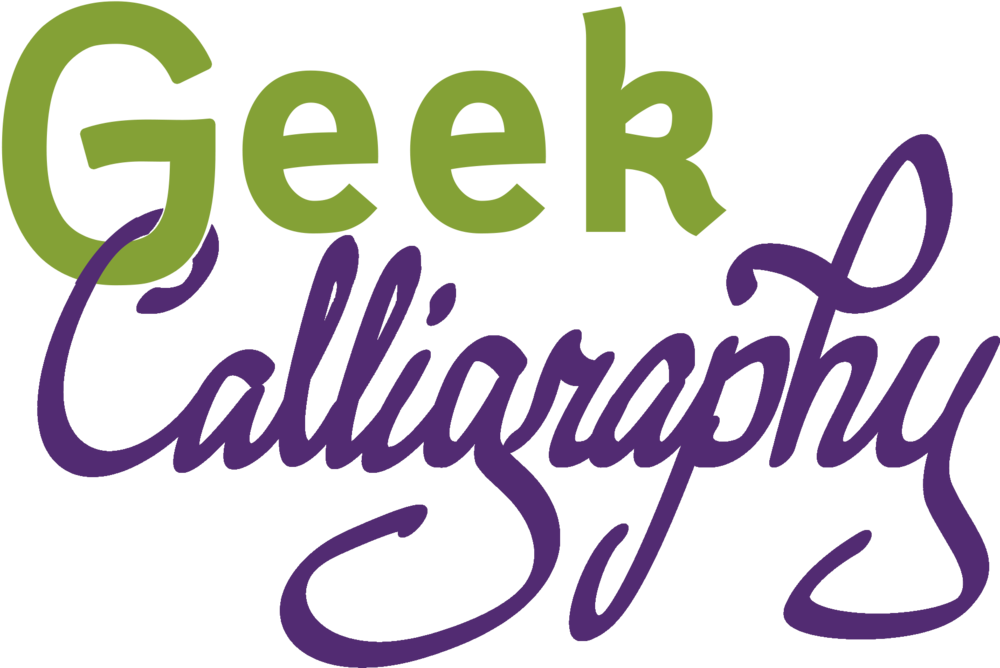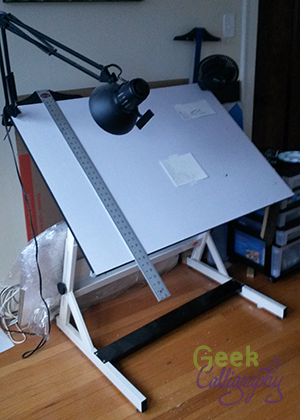One of the "brass tacks" sections that I insisted we cover was the basic parts of a contract. For me, they are:
- Deliverables - make sure everyone understands what is being promised and what is not within the scope of the project.
- Timeline, Breakdown, and Deadlines - make sure everyone knows what has to happen first and that deadlines work both ways; you cannot deliver the product on time if you don't get the necessary answers and pieces on time.
- Copyrights, etc. - lay out who holds the rights to what once the project is done.
- Payment - set the payment schedule and the projected cost, with a caveat that changes to the scope of the project along the way will change the price, probably increasing; include late fees if possible.
- Provision for changes - lay out the process by which a party can request changes to the deliverables or contract, plus cost renegotiation.
- Escape Clause - how can the contract be canceled?
We also talked about finding contract templates online. There are lots of them available. The Graphic Artists' Guild has some good examples. However, I mentioned that since my commission work - ketubot (Jewish marriage documents) - is so niche, none of the samples I found really covered the particulars I needed. At which point the other panelists turned to me and asked "Have you put a sample online for other artists?" And I went, "Oh, yeah, that would be a good thing to do."
So here: Sample Contract for Ketubah Art and Calligraphy
Please feel free to download it and alter it to suit your needs. It is not watermarked and does not have the Geek Calligraphy logo on it, and you should feel free to remove the attribution at the end when you adapt it for yourself. I want this to be as widely available as possible.
You may notice that it is long. Many sample art contracts are just one page. This one covers a lot of specifics to the ketubah trade, and there are many fiddly details to be worked out when the contract is to produce another contract.
While I am at it, I also want to make available my other mainstay contract, the one for teaching engagements. I mostly teach in my safrut (Jewish ritual scribing) hat, but I am available for teaching regular Hebrew or English calligraphy as well. And I won't teach without a contract.
Sample Contract for Teaching Engagement
This one is a lot more generic, and there are plenty of other sample contracts for teaching isolated gigs out there. Find one that covers your particulars.
Some Words of Warning
Now remember kids! Don't ever work without a contract unless you are willing to be stiffed completely for the project.
Unfortunately, even having a contract is not a guarantee of getting paid. Sometimes just getting a lawyer to write a threatening letter on official stationery is enough to inspire a client to pay. But then there are times you have to make a decision about whether it is worth contacting a collections agency or taking the client to small claims court to get paid or just needing to eat the loss. But if you don't have a contract, the chances of not getting paid are much, much higher. I know this from experience. And if anyone balks at signing a contract run away fast.
This goes just as much for work you do for friends and family as it does for work you do for strangers. Many friends are lovely and respectful about it, but others turn out to be nightmare clients. Spend some time on Clients from Hell and you will see complaints about people whom you thought were close to you expecting hours of free labor by dint of relationship. Your work is valuable and people do not have a right to impose on you just because they are friends or family.
While we're talking about the worth of your work, a topic on which I have expressed strong feelings in the past, let's talk for a moment about pricing. I won't go into specifics because I can't even begin to create a price chart for my own work, nevermind for someone else's, given the number of potential variables. But don't think that just because you are new to professional art-ing that you shouldn't get paid. Particularly please do not think that you are doing other, more experienced artists a disservice by charging. When you charge too little, you a) set up expectation that your prices will be too low in the future, and b) you cut the market out from underneath everyone. So for the love of whatever higher power you embrace, please charge what your time is worth and get a contract signed.














